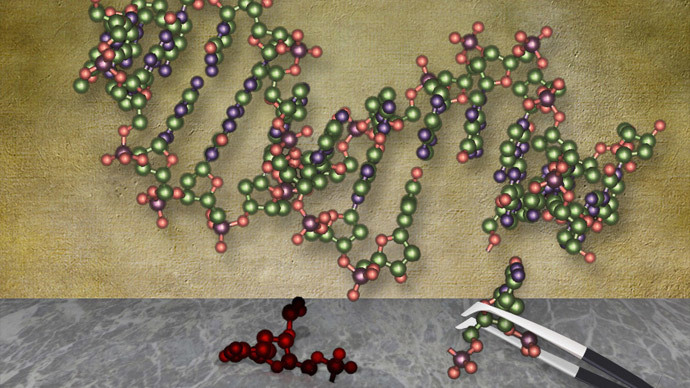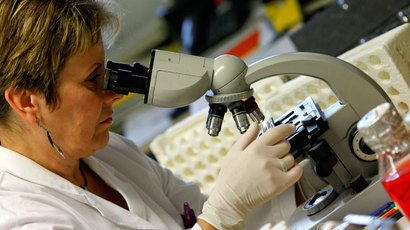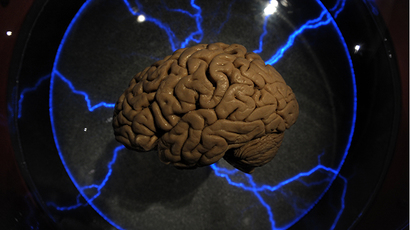‘Editing DNA’ to eliminate genetic conditions now a reality

Scientists have employed a revolutionary genome-editing computer technique that accurately identifies one faulty genetic “letter” among billions and effortlessly repairs a genetic condition in animals, paving way for human trials.
The success, by MIT in Boston, is the latest achievement in the field of genome editing that has been catapulted into the spotlight through a technology that can pinpoint genetic faults in chromosomes and literally fix them by changing tiny segments.
To test their success, the Massachusetts Institute of Technology team targeted a single mutated bit in the genetic makeup of mice, which accounts for a crucial function of liver metabolism.
“What’s exciting about this approach is that we can actually
correct a defective gene in a living adult animal,” study
leader Daniel Anderson said in a statement.
Anderson’s reasons for using the particular gene and condition in
mice in the test are not accidental. In humans, the same
condition is created by the same genetic mutation. It manifests
itself in a buildup of a particular amino acid, whose
accumulation inevitably leads to liver failure if not constantly
kept at bay with drugs and dieting. This is why the team is
excited to be able to offer the technique to humans within a few
years.
“This work shows that CRISPR can be used successfully in
adults, and also identifies several of the challenges that will
need to be addressed moving forward to the development of human
therapies,” said Charles Gersbach, assistant professor of
biomedical engineering at Duke University, whose comments appear
on the university’s statement.
CRISPR (clustered regularly interspaced palindromic repeats)
relies on “cellular machinery” used by bacteria in
defense against viruses. This machinery is copied and altered to
create specific gene-editing complexes, which include the wonder
enzyme Cas9. The enzyme works its way into the DNA and can be
used to alter the molecule from the inside. The combination is
attached to an RNA guide that takes the gene-editing complex to
its target, telling Cas9 where to work its magic.
But that is not all. Included in this operation is also a
template DNA strand. It replaces the one just damaged by the Cas9
and its material is used to create a new copy with replacement
genetic material.
Markedly different from any other approach, the technique doesn’t
cure the condition – it edits the actual DNA, as if the condition
never existed in the first place, much like you alter a file and
hit 'Save'.
The technique works by administering the developed CRISPR
components by way of a high-powered syringe into a vein. And
while new methods of delivery are necessary for human tests,
Anderson believes it’s not unreasonable to expect their
development in the near future.
For now, high-pressure injections are seen as too dangerous to be
used on humans, but delivery remains the only real obstacle,
aside from the work that will need to be done to identify other
genes, mutations and conditions to target. Anderson’s team is
currently working to develop new delivery methods.
Although the discovery of CRISPR sequences dates back to 1987,
when it was first used to cure bacteria of viruses, its successes
in higher animals and humans were only achieved in 2012-13, when
scientists achieved a revolution by combining the resulting
treatment system with Cas9 for the first time.
On April 17, the MIT’s Broad Institute announced that has been
awarded the first-ever patent for working with the Crisp-Cas9
system.
The institute’s director, Eric Lander, sees the combination as
“an extraordinary, powerful tool. The ability to edit a
genome makes it possible to discover the biological mechanisms
underlying human biology.”
The system’s advantage over other methods is in that it can also
target several genes at the same time, working its way through
tens of thousands of so-called 'guide' RNA sequences that lead
them to the weapon to its DNA targets.














